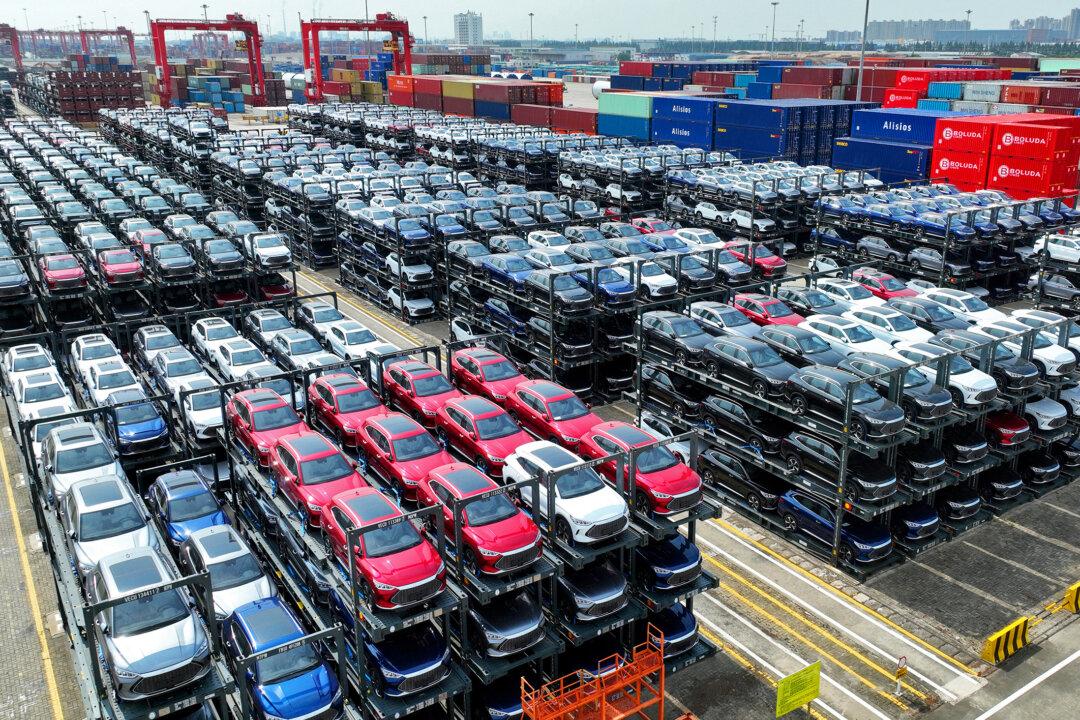News Analysis
The unexpected contraction in China’s March exports and imports, which fell below market forecasts, highlights Beijing’s significant tasks in maintaining the country’s shaky economic recovery.

The unexpected contraction in China’s March exports and imports, which fell below market forecasts, highlights Beijing’s significant tasks in maintaining the country’s shaky economic recovery.